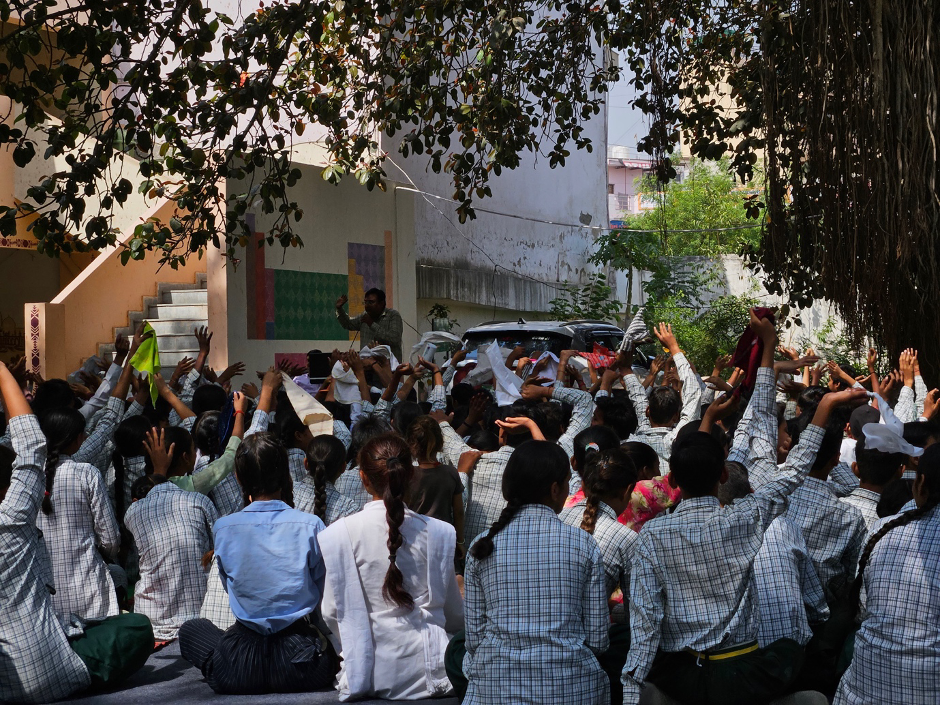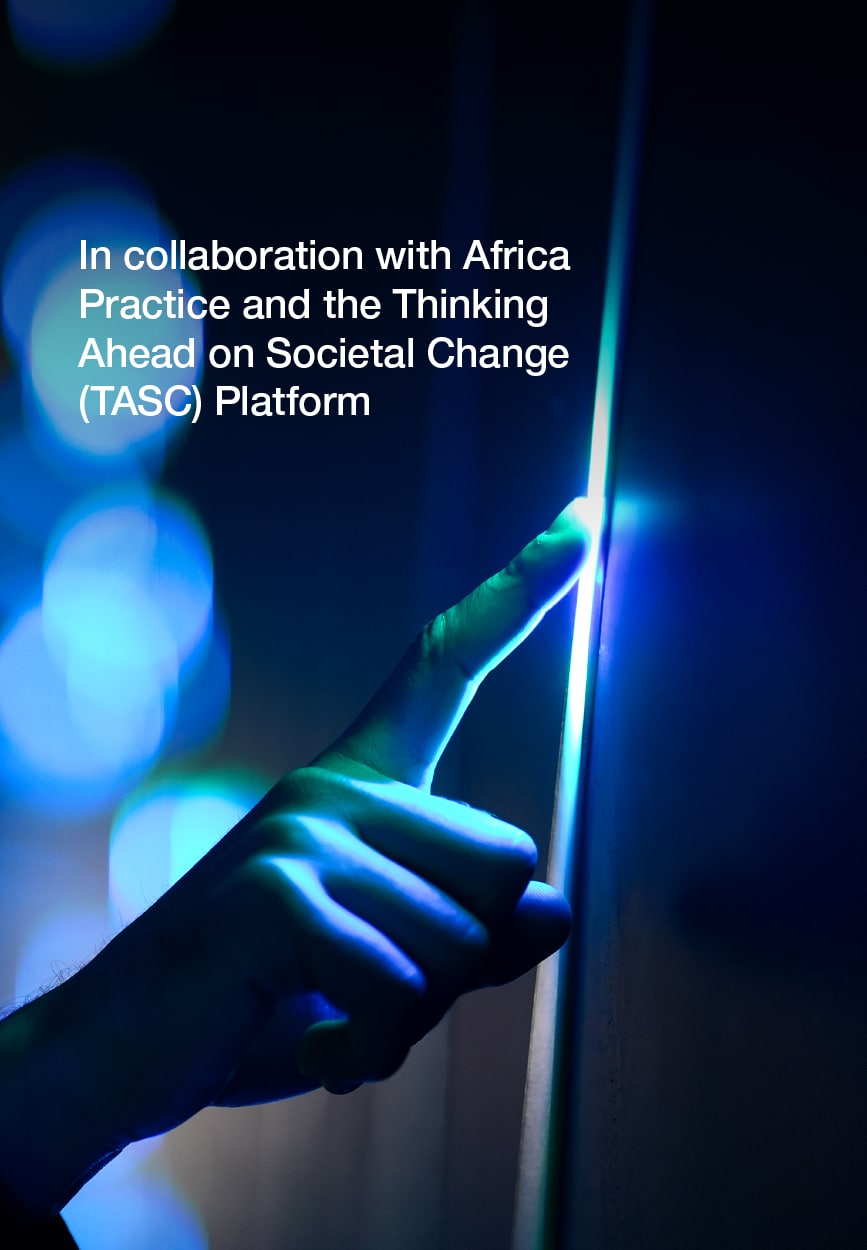The last few weeks have seen an outpouring of media attention on ‘Worm Wars’. Worm Wars is the policy debate over the World Health Organization’s long-held recommendation of mass-treatment of intestinal worms in endemic areas. Two billion people across the globe, primarily in less developed countries, are infected with parasitic worms, which can cause severe morbidity (Hotez et al. 2006).
Safe, low-cost drugs are available to treat worm infections, and are the standard of medical care. In fact, because treatment is inexpensive and safe, but diagnosis is relatively expensive (involving lab analysis of stool), the WHO recommends periodic mass treatments in areas where worm infections are above certain thresholds. However, some have challenged this WHO policy, accepting that those who are known to be infected should be treated, but questioning whether the existing evidence base is strong enough to support mass treatment (Taylor-Robinson et al. 2015).
The Worm Wars discourse was re-invigorated recently when two articles were published in the International Journal of Epidemiology (Aiken et al. 2015, Davey et al. 2015), re-analysing what many see as a central paper in the debate – a 2004 study of a mass-deworming programme among Kenyan school children (Miguel and Kremer 2004).
School kids
Because worms are spread via infected faecal matter or infected fresh water, school-age children play an important role in transmission and have particularly high infection rates. The Kenyan study focused on children in primary school, and found that treating their worm infections not only reduced infections among those who were treated, but also reduced infections among untreated children living nearby (by interfering with transmission of the disease). Furthermore, the Kenyan study showed that these health improvements were accompanied by increases in school attendance among both treated and untreated individuals in the same school and children in nearby schools (Miguel and Kremer 2004). Given the low cost of deworming – currently estimated at $0.30-0.40 per child per treatment, including delivery costs (Givewell 2014) – these results suggest that deworming is a cheap way to get kids to show up to school.
Early news reports have claimed that recent re-analysis challenged the findings of the original study (Boseley 2015, d’Urso 2015). However, as we show elsewhere, a careful look at the re-analysis shows that it confirms the key original results, including both increases in school participation and epidemiological spillovers within schools and to neighboring schools within 3km (although not out to 6km) (see Hicks et al. 2014a, 2014b, 2015). Other scholars who have studied the original research and re-analysis broadly confirm these original findings as well (Özler 2015, Blattman 2015, Berger 2015).
Cost-effective solution
But, when considering the broader discourse, there is no need to focus all our attention on this single paper. A key question in this policy debate is whether deworming increases school attendance (and improves other life outcomes), and if so, whether distributing deworming pills through schools is the most cost-effective way of doing so. There are in fact multiple rigorous studies documenting the educational and economic impact of deworming, in widely different times and places. We review this literature in a recent paper (Ahuja et al. 2015).
One recent study by a World Bank researcher shows that infant children who lived in the same communities where the randomised Kenyan deworming programme was conducted, and thus were exposed to an improved disease environment (but not treated directly), performed better in cognitive tests ten years later (Ozier 2014).
Another recent study by a scholar at Harvard University analyses a separate randomised community-based deworming programme in Uganda, and shows that children exposed to more years of deworming have higher academic test scores seven to eight years later (Croke 2014).
A long-term follow-up of the Kenyan study finds that ten years after deworming, Kenyan women who were dewormed for more years as girls were 25% more likely to have attended secondary school, and men who were dewormed for more years as boys worked 17% more hours and had better labour market outcomes, including higher earnings (Baird et al. 2015).
A historical study of a deworming campaign in the southern US in the early 1900s shows that treatment lead to increased school enrolment and attendance for children, and improved literacy and income for adults who were treated as children (Bleakley 2007).
Long-run educational and economic benefits
Evidence from recent rigorous studies in three different contexts suggests substantial impacts of childhood deworming on school participation, cognition and test scores, and adult labour market outcomes.
The recently published Cochrane Review on deworming reaches different conclusions, in large part because the study excludes this body of recent research on deworming’s long-run educational and economic benefits (Taylor-Robinson et al. 2015). We believe that such well-designed studies deserve weight in any assessment of whether mass deworming is an appropriate policy.
The Cochrane Review concludes that “[c]urrent evidence does not support large public health programmes of deworming in developing countries” (Taylor-Robinson et al. 2015). We disagree. As we outline above, recent research suggests substantial educational and economic benefits of mass deworming of children. The alternate health policy to mass deworming, of first testing and then treated only those known to be infected, is extremely expensive – screening alone costs 4-10 times more than treatment (Taylor-Robinson et al. 2015). Mass deworming of school children has also been shown to be an extremely cost-effective way to increase school participation – even using the updated data and analysis of the Miguel and Kremer (2004) study. With worm infections affecting millions of children in Africa, Asia and Latin America, it would be tragic to deny these children a chance at a healthier and more productive life, for pennies per dose of treatment.
Disclaimer: Two authors of this column were also authors of that original research study and we are all coauthors of a follow-up study.
References
Ahuja, A, S Baird, J H Hicks, M Kremer, E Miguel amd S Powers (2015), “When should governments subsidize health? The case of mass deworming”, World Bank Economic Review 29 (supplement): S9–S24.
Aiken, A M, C Davey, J R Hargreaves and R J Hayes (2015), “Re-analysis of health and educational impacts of a school-based deworming programme in western Kenya: a pure replication”, International Journal of Epidemiology doi: 10.1093/ije/dyv127.
Baird, S, J Hamory Hicks, M Kremer, E Miguel (2015), “Worms at Work: Long-Run Impacts of Child Health Gains”, unpublished manuscript, University of California, Berkeley.
Berger, A (2015), “New deworming reanalyses and Cochrane review”, The Givewell Blog, 24 July.
Blattman, C (2015), “Dear journalists and policymakers: What you need to know about the Worm Wars”, chrisblattman.com.
Bleakley, H (2007), “Disease and Development: Evidence from Hookworm Eradication in the American South”, Quarterly Journal of Economics 122(1): 73–117.
Boseley, S (2015), “New research debunks merits of global deworming programmes”, Guardian, 23 July.
Croke, K (2014), “The Long Run Effects of Early Childhood Deworming on Literacy and Numeracy: Evidence from Uganda”, unpublished manuscript, Harvard University.
d’Urso, J (2015), “Study throws doubt on education benefit of deworming children”, Reuters, 23 July.
Davey, C, A M Aiken, R J Hayes and J R Hargreaves (2015), “Re-analysis of health and educational impacts of a school-based deworming programme in western Kenya: a statistical replication of a cluster quasi-randomized stepped-wedge trial”, International Journal of Epidemiology, doi: 10.1093/ije/dyv128.
Givewell (2014), available at http://www.givewell.org/international/top-charities/deworm-world-initiative.
Hicks, J H, M Kremer and E Miguel (2014a), “Estimating deworming school participation impacts and externalities in Kenya: A Comment on Aiken et al. (2014)”, Original author response to 3ie Replication Paper 3, part 1. Washington, DC: International Initiative for Impact Evaluation (3ie).
Hicks, J H, M Kremer and E Miguel (2014b), “Estimating deworming school participation impacts in Kenya: A Comment on Aiken et al. (2014b)”, Original author response to 3ie Replication Paper 3, part 2. Washington, DC: International Initiative for Impact Evaluation (3ie).
Hicks, J H, M Kremer and E Miguel (2015), “Commentary: Deworming externalities and schooling impacts in Kenya: a comment on Aiken et al. (2015) and Davey et al. (2015)”, International Journal of Epidemiology, doi: 10.1093/ije/dyv129.
Hotez, P J, D A P Bundy, K Beegle, S Brooker, L Drake and N de Silva et al. (2006), “Helminth Infections: Soil-Transmitted Helminth Infections and Schistosomiasis”, in D T Jamison, J G Breman, A R Measham, G Alleyne, M Claeson, D B Evans, and P Musgrove (eds.) Disease Control Priorities in Developing Countries, 2nd edition, Washington, DC: World Bank.
Miguel, E and M Kremer (2004), “Worms: Identifying Impacts on Education and Health in the Presence of Treatment Externalities”, Econometrica 72(1): 159–217.
Ozier, O (2014), “Exploiting Externalities to Estimate the Long-Term Effects of Early Childhood Deworming.” World Bank Policy Research Working Paper No.7052.
Özler, B (2015), “Worm Wars: A Review of the Reanalysis of Miguel and Kremer’s Deworming Study”, Development Impact, 24 July.
Taylor-Robinson DC, N Maayan, K Soares-Weiser, S Donegan, P Garner (2015), “Deworming drugs for soil-transmitted intestinal worms in children: effects on nutritional indicators, haemoglobin, and school performance”, Cochrane Database of Systematic Reviews 7, art. no. CD000371, doi: 10.1002/14651858.CD000371.pub6.
This article is published in collaboration with VoxEU. Publication does not imply endorsement of views by the World Economic Forum.
To keep up with Agenda subscribe to our weekly newsletter.
Author: Sarah Baird is Associate Professor of Global Health and Economics in the Department of Global Health at the Milken Institute School of Public Health, George Washington University. Joan Hamory Hicks is a Senior Researcher at the Center for Effective Global Action, University of California Berkeley. Michael Kremer is Gates Professor of Developing Societies in the Department of Economics, Harvard University. Edward Miguel is Associate Professor of Economics and Director of the Center of Evaluations for Global Action at the University of California, Berkeley.
Image: Children displaced as a result of Boko Haram attacks in the northeast region of Nigeria, attend class at Maikohi secondary school inside a camp for internally displaced persons (IDP) in Yola, Adamawa State. REUTERS/Afolabi Sotunde







